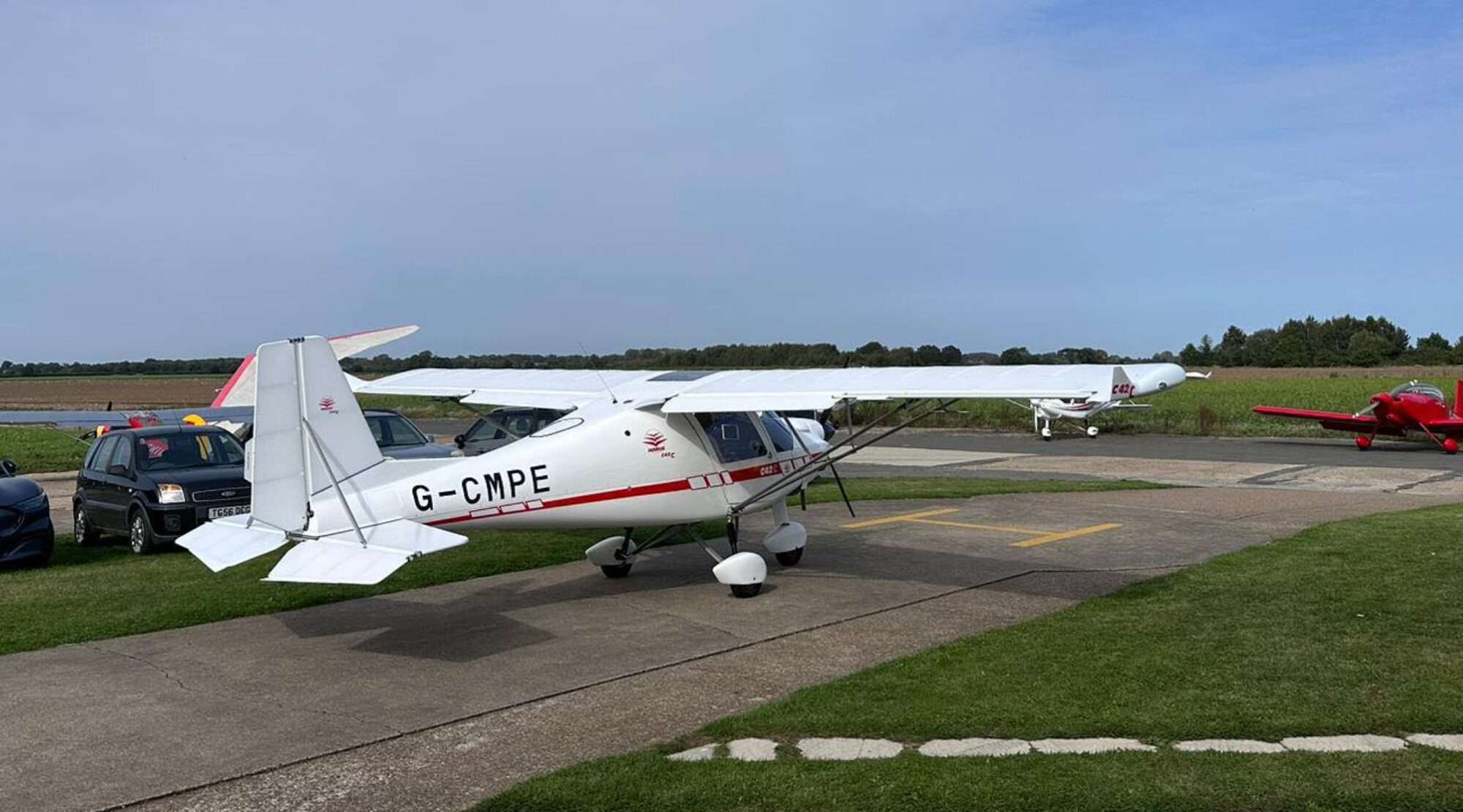These are my personal revision note that I made and used when I took the Human Performance Limitations exam, they may therefore not be 100% in either accuracy or breadth, please always defer to you instructor or their recommended text.
Notes:
Air is made up of 21% oxygen, 78% nitrogen and 1% other (Carbon dioxide, water vapour, argon etc.). At different heights the relative percentages remain constant it’s just the overall quantity varies.
Hypoxia – lack of oxygen, a healthy person will not normally experience hypoxia below 10,000 feet, however an ill person or a heavy smoker maybe affected from around 6,000 feet.
0 to 10,000 feet normal air is sufficient.
10,000 to 33,700 feet oxygen must be added to the air.
33,700 to 40,000 feet 100% oxygen is needed.
40,000 feet and above 100% oxygen under pressure is needed, as air pressure is insufficient to force the gas into the body.
Commercial airliners pressurised cabin to simulate an altitude of 10,000 feet or below.
The brain is the most susceptible as it uses the most oxygen.
Symptoms include: poor judgment, unaware of bad judgment, slower decision-making, poor coordination, diminished senses (touch, version, hearing…), personality changes (happy, aggressive…)
While all the time the level of consciousness is dropping.
Death can result at high altitude if no oxygen is given.
Hypoxia is accelerated by the following:
Smoking, 20 cigarettes a day can lower the altitude by 3,000 to 4,000 feet.
Length of exposure.
Altitude
Energy demands
Colds or ill health
Alcohol
Hyperventilation – over breathing
Exhaling (ventilating) more carbon dioxide then it is necessary in normal breathing.
Can occur on the surface or at any altitude.
Causes: Anxiety, adrenalin rush, air sickness, heat, vibration and hypoxia.
Symptoms: tingling extremities (hands, feet, lips), feeling hot or cold, performance drop off, and tunnel or cloudy vision.
If in doubt if it’s hypoxia or Hyperventilation above 10,000 feet always treat as if it’s hypoxia.
Barotrauma –as pressure drops trapped air expands inside, e.g. Pain in the ears. Trapped gases within the body can cause pain and fainting, you should watch your diet before you fly!
Common ailments –don’t fly with colds or flu or gastroenteritis. If taking any medicines (over the counter or prescribed by the doctor) if in any doubt of how they will affect you do not fly, seek advice from an aviation doctor.
Decompression – do not fly if you have been diving within 12 hours, or 24 hours if you have dived to a depth of 30 feet or more.
Air sickness – motion sickness, do not take over the counter motion sickness tablets when flying as these will normally make you feel drowsy. The brain should become accustomed to motion with gradually increased exposure. Try and focus on a distant point on the horizon.
Hearing – sound is measured in decibels (db). A temporary loss of hearing can occur when exposed to a loud sound for a short period. A permanent loss of hearing can occur if exposed to a loud sound for a long period e.g. 90 db. IF levels are 30% above 90db deafness can occur within 1 minute. The greater the noise the shorter the time.
Sight – to be able to read a number plate at 40 metres, twice what is needed for a car driving licence.
Toxic hazard – Carbon monoxide, symptoms are similar to that of hypoxia. Vapours from fuel and lubricants may cause drowsiness.
Stress –do not fly when stressed as it may impair your judgment.
Peer pressure–do not allow peer pressure to influence your decision to fly or not to fly.
Blood pressure – ok to fly if controlled.
Epilepsy – cannot fly as Pilot at any time.
Alcohol – Do not drink and fly.
1 unit = ½ pint beer, normal glass of wine or one shot of spirit.
1 unit takes 1 hour to leave the body.
20mg per 100ml of blood maximum limit
Drugs – no recreational drugs allowed.
Visual perception
Narrow runways appear longer, aeroplane appears higher.
Very wide runways appear shorter, Aeroplane appears lower.
Sloping up runways, pilot tends to fly low.
Sloping down runways, pilot tends to fly high.
Peripheral vision is provided by rods in the eye which are also better at perceiving moving objects.
Moving objects are more easily perceived when the eye is stationary.
Best lookout, move head and eyes pause to enable eye to perceive movement move to next segment of the sky.
Airprox
UK low-level RAF jets fly surface to 500ft, Microlights are recommended to keep above 1,000ft AGL in these areas.
Closure speed is the jets speed + your speed, time to avoid collision is worked out thus:
(Distance/speed)*3600= x seconds so a jet travelling at 500kt towards a microlight travelling at 70kt gives a closure speed of 570kt. If they see each other at 6nm we get (6/570)*3600=37.89 seconds before impact!
I hope this helps, if so why not leave me a comment below!
Good luck GetYourWings.co.uk

